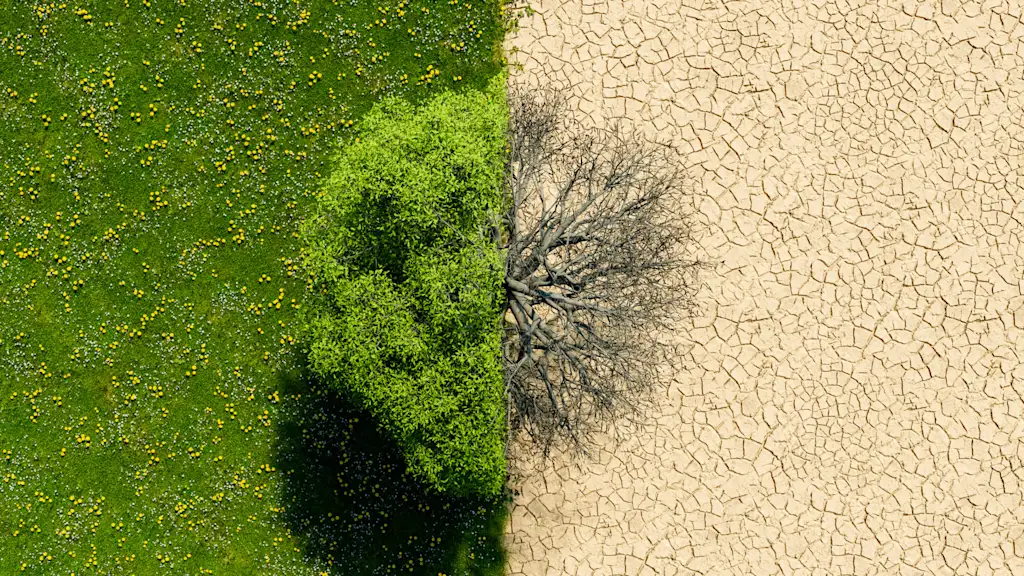
As a climate scientist and CEO of a climate technology company, I should be great at choosing vacation destinations with perfect weather. Instead, I’m 0 for 2. My family’s last two trips to Europe—July 2023 and July 2025—both landed squarely in the middle of brutal heatwaves.
This most recent European heatwave topped out at 104°F in Florence, precisely coinciding with the two days we happened to be there. It was so hot that we stayed in the hotel with our 1 and 3-year-old kids most of the time. It occurred to me that this was exactly the circumstance that people need weather guarantees for, but I digress.
Two brutally hot family trips to Europe in a row have me thinking—and concerned—about Mediterranean climates. These climates, which include not only Mediterranean countries but also places like California (where I live), are and have always been projected to receive the short end of the climate change stick. That includes brutal heatwaves and wildfires, but also very wet storms exacerbated by warmer air’s ability to hold more moisture.
Water plays a huge role in storing heat
As a professional, I identify as a climate scientist. When I was a climate researcher, I focused on atmospheric physics and the statistical dynamics of weather, but my degrees are actually in oceanography. Why? Because water is the heavyweight champion of heat storage. Water stores about 4.2 times the amount of energy than air per unit weight. Water is also about 800 times denser than air. That means the same volume of water can store about 3,400 times the energy of the equivalent volume of air. Hot water also evaporates more readily into air, and the amount of water air can hold increases exponentially with temperature.
Subscribe to the Daily newsletter.Fast Company’s trending stories delivered to you every day
Privacy Policy
|
Fast Company Newsletters
Weather on Earth is powered by how water in the air changes between vapor, liquid, and ice. Every time water changes form, it releases or absorbs heat, fueling winds, storms, and temperature shifts. And because the ocean is the planet’s largest source of heat and moisture, it plays a leading role in deciding when it rains, how strong the winds blow, and how hot or cold it gets.
The great feedback loop
Regarding this recent European heatwave, a recent post by Guido Cioni caught my eye. His excellent visual and accompanying commentary describe how heat in the upper ocean can get mixed down deeper into the water column and stored up as energy long after a heatwave passes. These anomalies can persist for long periods, deep in the ocean—the ocean operates on vastly different timescales than the atmosphere—but can reemerge in the atmosphere both as persistent global warming on long timescales, and as catastrophic rainstorms on shorter timescales as well.
The burning of fossil fuels currently releases about 37 billion tons of carbon dioxide (CO2)into the atmosphere per year, and has increased the atmospheric concentration of CO2 by about ~50% since 1900. The rate of change is still accelerating. CO₂ in the atmosphere acts like a thermal blanket: It lets in more of the sun’s energy than it lets out, slowly warming the atmosphere over time. This energy heats the atmosphere and also gets mixed into the ocean, heating it as well. Warmer water evaporates more water vapor into the air, which is coincidentally able to hold more water because it’s hotter. While lesser known, water vapor is, in fact, a stronger greenhouse gas than CO2. This creates a feedback loop: more heat, more evaporation, more water vapor, more heat.
Hot air rises, and cools as it does. Since cooler air holds less water vapor, its relativity humidity rises. When it becomes saturated, it condenses into clouds and rain, releasing heat as it does. The more water condolences, the more heat is released, causing stronger storms, more rain, and otherwise more unpredictable weather. The hot get hotter, the wet get wetter, and the dry get dryer, all because of the CO2 we’re emitting and the water that covers three-quarters of our planet.
As both a climate scientist and someone who has now twice had family vacations derailed by extreme heat, I’m reminded that climate change is not a distant problem. It’s here, it’s personal, and it’s accelerating. The same physics I studied in graduate school are now playing out in real time, reshaping the weather in Florence, in California, and everywhere in between. Oceans and atmosphere are storing more energy than at any time in the last 125,000 years, and that energy is coming back to us as heatwaves, floods, storms, and fire seasons that defy “normal.” The least we can do is prepare for that reality. And the most we can do is work to change its trajectory. That’s exactly why I started Sensible Weather: to give travelers a safety net when nature doesn’t cooperate.
Nick Cavanaugh is founder and CEO of Sensible Weather.



